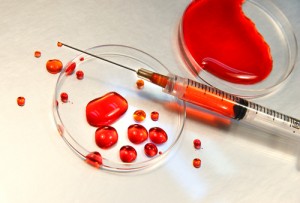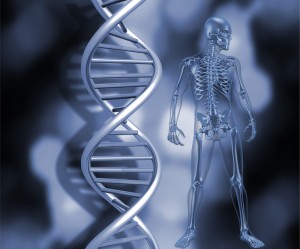

[From VBC: I always dig into the novels that make supernatural elements plausible. Piper Maitland’s Acquainted With the Night does just that. Today Piper is stopping by the blog to talk about the science of vampires. (No, really.)]
 I live on a farm. When I’m not writing (or cooking), you will find me in the garden, weeding and sifting through the dirt. When I began writing Acquainted With the Night, I wasn’t surprised when the main character’s uncle, Nigel Clifford, turned out to be Britain’s most beloved “tomb raider.” Archeology served as the perfect metaphor for secrets that had been pushed into dark places.
I live on a farm. When I’m not writing (or cooking), you will find me in the garden, weeding and sifting through the dirt. When I began writing Acquainted With the Night, I wasn’t surprised when the main character’s uncle, Nigel Clifford, turned out to be Britain’s most beloved “tomb raider.” Archeology served as the perfect metaphor for secrets that had been pushed into dark places.
As for the science, I have a B.S. in nursing; my husband is a physician, and our son is a biochemist. Our conversations can be quite lively because medical science is entering a brave new era of biotechnology, one that will center around biochemistry: stem cells, DNA research, and gene therapy. Advances will pull away from drugs and surgery and move to the molecular level.
Before I started the book, I wanted vampires to be rooted in science. The difference between immortals and humans would lie in their DNA. Interestingly enough, immortal cells—stem cells—are found in humans, but most cells are programmed to die. Vampiric stem cells lack an expiration date. I called this the R-99 gene, the “resurrection gene.”
R-99 is responsible for a sub-set of humans that possess strength, athleticism, and longevity: vampires. Of course, the immortals have other attributes. Parts of their brains are more developed, and they can be telepathic, even clairvoyant. They also suffer from psychological conditions, such as an obsessive-compulsive disorder or problems with impulse control.
 Naturally, being a super predator, vampires are engineered to subdue prey. They have a unique hydrosis, which means their perspiration and breath emits distinct odors—fruity ketones or minty-menthol. When a human inhales these chemicals, they experience a temporary paralysis. High concentrations of these terpenes are also found in a vampire’s saliva. These symptoms are fleeting, lasting only long enough for a vampire to feed.
Naturally, being a super predator, vampires are engineered to subdue prey. They have a unique hydrosis, which means their perspiration and breath emits distinct odors—fruity ketones or minty-menthol. When a human inhales these chemicals, they experience a temporary paralysis. High concentrations of these terpenes are also found in a vampire’s saliva. These symptoms are fleeting, lasting only long enough for a vampire to feed.
When vampiric stem cells enter a human’s body, say, through a bite wound, the prey will experience a mild allergic response: fever, malaise, sore throat. It requires massive exposure to R-99 for a human to transform into an immortal. Once the host has been “infected,” so to speak, the vampiric stem cells act like a form of leukemia in humans. The cells multiply rapidly, and the host begins to transform.
One of the characters, Jude Barrett, is a biochemist, and he created a strain of vampire mice. (His research notes aren’t in the novel, but if you’d like to check them out, they are available at www.pipermaitland.com).
Vampirism can also be inherited. Well, why not? I didn’t see any biological reason that immortals couldn’t reproduce. They’re strong, healthy, and don’t age. However, it’s difficult for a vampire to have children with a mortal. Most pregnancies end in miscarriage. When a baby is carried to term, these rare individuals—hybrids—possess antibodies that actually prevent them from being easily transformed. In fact, if a hybrid’s blood is introduced into a vampire’s vascular system, the results range from a mild allergic reaction (somewhat mirroring the one that briefly occurs in bitten humans) to anaphalytic shock.
The novel centers around a quest for Historia Immortalis, an 8th century illustrated manuscript that was written by the undead. It’s a valuable artifact, one that is sought by collectors and vampires. Ironically, the real treasure lies in the blood of a hybrid.
Piper Maitland lives on a Tennessee farm and is working on the second book in the Night series. The science of vampirism will be further explored in A Requiem for Daylight.

